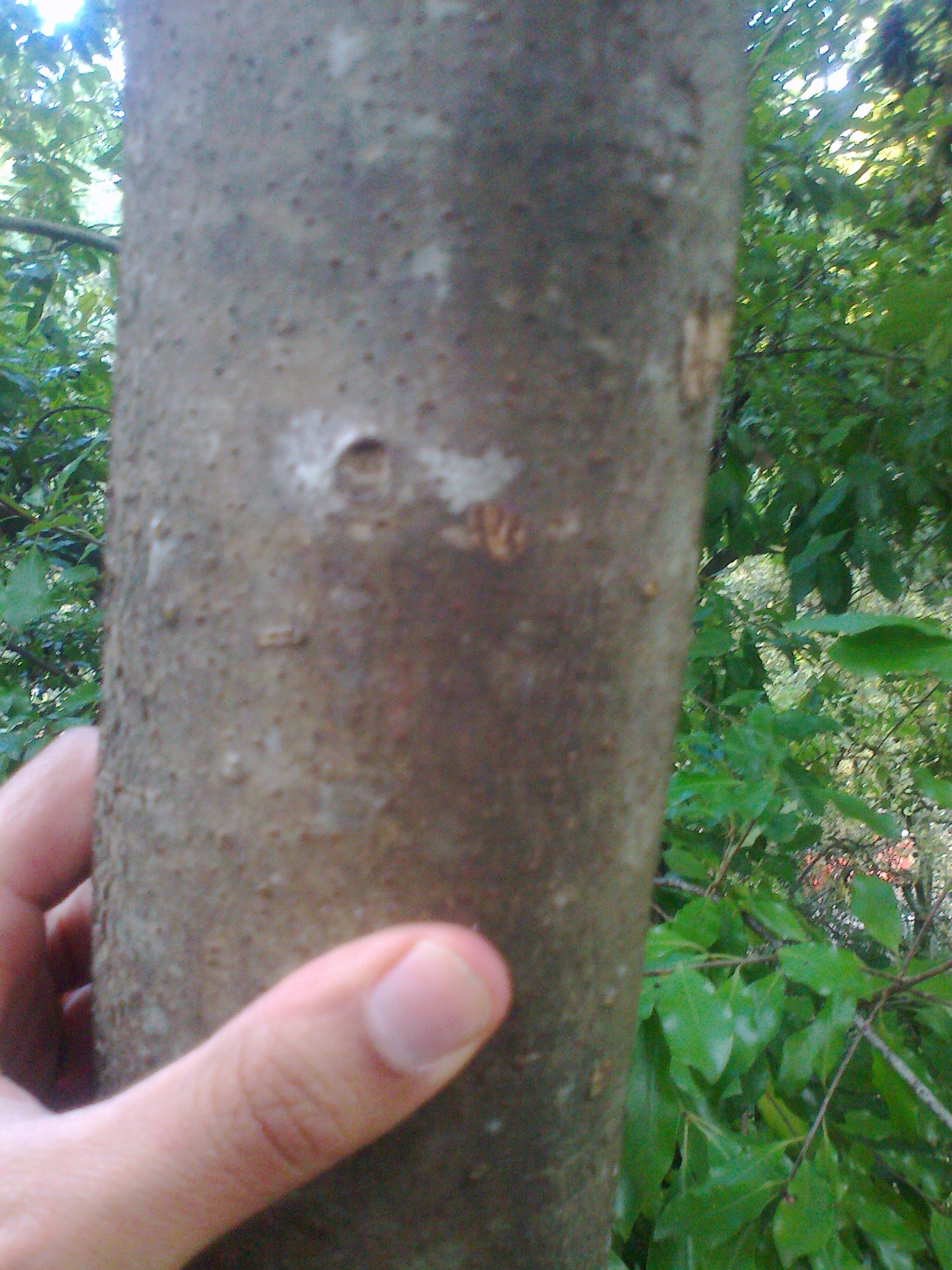
Mostly evergreen trees and shrubs, sometimes climbers, occasionally trailing and often spiny at first. Leaves alternate or appearing clustered or whorled at the ends of branchlets; margins entire in adult forms; stipules absent. Flowers sometimes in branched clusters but mostly solitary; bisexual or unisexual (Pittosporum); regular and irregular (Marianthus, Cheiranthera, Hymenosporum). Sepals 5, free. Petals 5, free or briefly joined in the throat. Stamens 5. Carpels 2-3, united.ovary superior, with 2-3 chambers; placentation parietal (Pittosporum only) or axile. Style simple. Fruit either capsular and dehiscent, or berry-like and indehiscent; seeds usually many, sometimes winged (Hymenosporum, Bursaria), coated in resin and cohering in a sticky mass in Pittosporum.
Recent taxonomic revision has transferred Pittosporum rhombifolium into Auranticarpa rhombifolia, and the small genus Citriobatus into Pittosporum.
An old Gondwanan family with the major diversity in Australia. 10 genera are now recognised in Australia and only 1, Pittosporum, extends overseas, mostly in the southern hemisphere. About 86 species occur in Australia and associated islands, mainly in tropical and temperate areas; another 80-100 species occur overseas.
The main use is for ornamental horticulture. Spiny Australian members are passive nursery hosts for the Paralucia (butterfly) complex.
Usually numerous, small, sweet-smelling flowers. All plant parts have large resin canals and a distinctive, resinous odour when handled.
Cayzer (1997).
Source: (2002). Pittosporaceae. In: . Horticultural Flora of South-eastern Australia. Volume 3. Flowering plants. Dicotyledons. Part 2. The identification of garden and cultivated plants. University of New South Wales Press.
